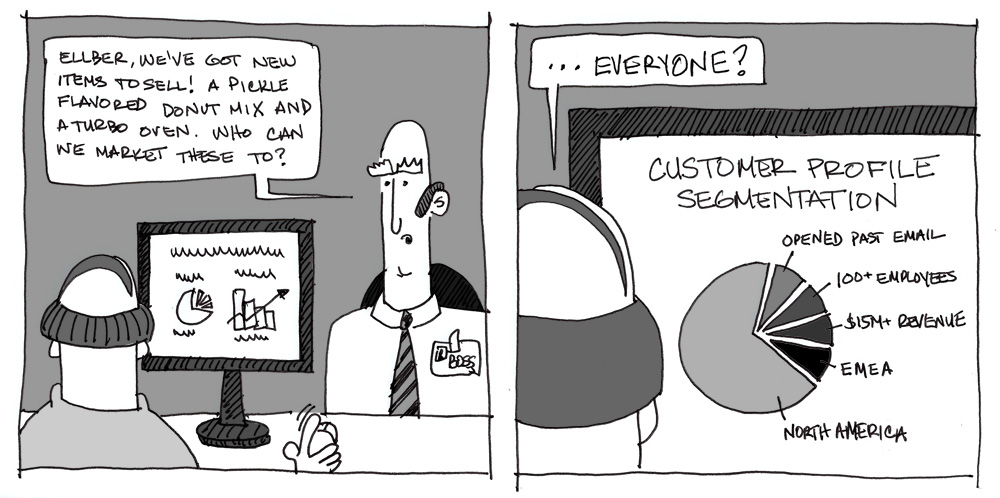Eight is NOT Enough: Increasing Adoption of Marketing Automation Platforms
About a year ago, SiriusDecisions published research that indicates only 8 percent of organizations surveyed were using marketing automation for existing customer marketing, but MAPs purpose extends far beyond just generating and nurturing new leads. For companies that want to maximize the utility of their marketing automation platform investments, it’s time to think beyond “net-new” and focus on your existing customers.
Marketing automation platforms aren’t just for generating and nurturing new leads. Let me repeat that again, because it’s an important point for marketers to appreciate: MARKETING AUTOMATION ISN’T JUST FOR GENERATING AND NURTURING NEW LEADS.
There, I said it.
It needs to be said because about a year ago, SiriusDecisions published research that indicates that 85 percent of B2B marketers using marketing automation platforms felt they were not using them to their full potential. Furthermore, only 8 percent of organizations surveyed were using marketing automation for existing customer marketing. While we have heard more examples since then from clients who are using marketing automation in their customer marketing efforts – there still is a largely untapped opportunity.
For companies that want to maximize the utility of their marketing automation platform investments, it’s time to think beyond “net-new” and focus on your existing customers. Here are four ways to do that:
- Onboarding new accounts: One of the most critical times of the customer lifecycle is the first 30 to 60 days after the customer’s initial purchase. Organizations should set up a series of communications during this timeframe to create a strong foundation for engagement. Having a strategy to involve different customer contacts with different content enables the customer to get relevant information (e.g. welcome messages, key contact details, FAQs, tips) and also helps to identify contacts who are not engaging. This is important to identify as soon as possible, because the more people that are actively participating with your organization’s products or solutions, the more likely you are to deliver and demonstrate value.
- Account renewals: Similar to onboarding, there should be a defined process for engaging customers with time-bound contracts (e.g. SaaS models, maintenance renewals). Marketing automation can help bring consistency and rigor with automatic triggers – depending on customer behavior and the renewal timeline. This ensures you are communicating information that is relevant to their account regarding their renewal (e.g. planned feature upgrade information for solutions they own, value reviews, account executive contact details).
- Satisfaction profiling and followup: Account insights are the underpinning for customer marketing. Utilizing a marketing automation platform to gather insights at the contact level can enable deeper customer understanding and more prescriptive interaction. For example, deploying a survey mechanism (e.g. Net Promoter Score) can help you identify promoters, neutrals and detractors. Depending on how the contact scores you, an appropriate communication stream can be built. For example, promoters could receive messages that look to capitalize on their advocacy, with invitations to serve as a reference or speak at the next user group gathering.
- Cross-sell/upsell campaign nurturing: This is the area that most people associate marketing automation with – getting contacts through the sales pipeline. For organizations using automation to communicate with existing customers, it’s not enough to build and send one message to everyone and see who bites. Instead, marketing automation platforms should be utilized to establish a more systematic approach to offering complementary solutions to contacts based on, for example, their prior purchases, role, lifecycle stage and digital behaviors. Knowing what they respond to (or don’t respond to) and what they are looking at online, coupled with propensity-to-buy modeling, can give you the best chance to increase your share of that customer’s wallet.
It’s essential for B2B marketers to take their marketing automation platforms to the next level. Working closely with sales to develop an appropriate engagement strategy in these four areas and establishing that in the organization’s automation platforms can yield a significant short-term impact.
Now, if you’ll repeat after me: Marketing automation isn’t just for…
Image courtesy of The Oracle Marketing Cloud
